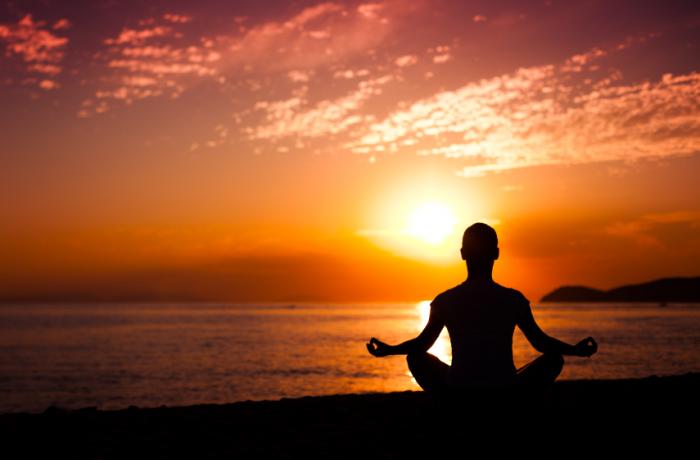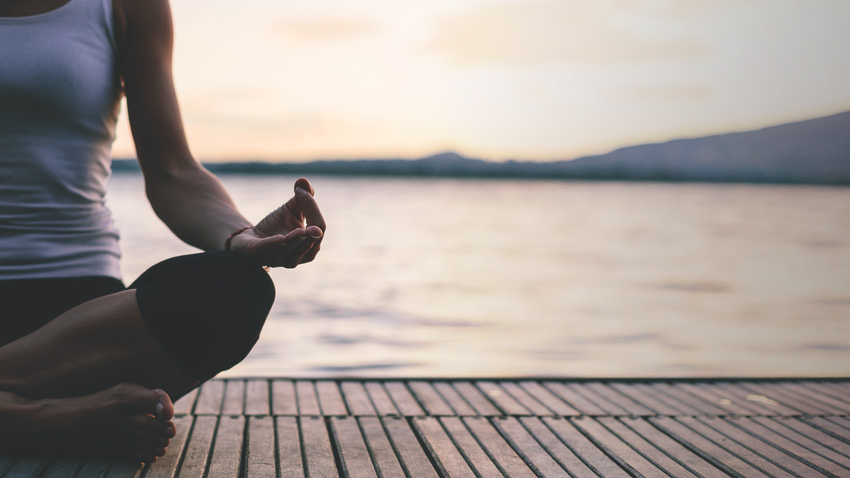How to Meditate? Checking Out Different Techniques for a Calm Mind
Just How to Meditate: A Step-by-Step Strategy to Achieving Mindfulness and Calm
Reflection offers as a powerful tool for achieving mindfulness and psychological tranquility in a busy globe. By recognizing the essential concepts and strategies entailed in reflection, individuals can cultivate a practice that enhances their total wellness.
Comprehending Meditation
Understanding meditation includes grasping its essential principles and strategies, which work as the foundation for the practice. At its core, meditation is a mental workout focused on advertising relaxation, constructing inner power, and establishing compassion and understanding. The practice urges individuals to concentrate their focus, usually through strategies such as deep breathing, visualization, or concept repetition.
Reflection can be classified right into different styles, consisting of mindfulness, transcendental, and loving-kindness meditation, each with unique objectives and techniques. Mindfulness meditation stresses present-moment understanding and non-judgmental observation of ideas and feelings, while copyright involves the usage of particular concepts to go beyond regular mind. Loving-kindness reflection focuses on developing a mindset of love and empathy in the direction of oneself and others.
Despite the strategy utilized, the primary objective continues to be regular: to cultivate a deeper understanding of the mind and its patterns. This self-awareness cultivates psychological strength, quality of thought, and an extensive feeling of calm (How to meditate?). By recognizing these methods and concepts, individuals prepared for an effective reflection method that can significantly boost their overall wellness
Getting Ready For Your Method
Before starting your reflection practice, it is necessary to develop a setting favorable to focus and relaxation. Select a silent area where you are not likely to be disturbed. This can be a corner of a room, a yard, or any place that stimulates a feeling of peace. Make certain that the area is tidy and cost-free of mess, as a neat environment can assist clear the mind.
Think about the lights, as all-natural light can enhance your mood and energy. Soft, cozy lights is typically more soothing than harsh fluorescent lights. Furthermore, pick a comfortable temperature level, making sure that you are neither also hot neither also chilly.
Incorporating aspects that advertise peace can better enhance your experience. This may consist of soft paddings or blankets for comfort, in addition to soothing aromas from vital oils or scent. It can likewise be valuable to have a timer set for your meditation session to prevent interruptions from clock-watching.
Standard Meditation Techniques
:max_bytes(150000):strip_icc()/GettyImages-1612233479-7d525a96ed0f400590282babfd771bbd.jpg)
An additional reliable strategy is body scan reflection. This includes psychologically scanning your body from head to toe, discovering any areas of tension or pain read what he said and purposely loosening up those muscular tissues. This practice cultivates a deeper connection in between your mind and body.

Last but not least, loving-kindness reflection concentrates on growing empathy towards on your own and others. Quietly repeat phrases of a good reputation, improving emotional wellness and interconnectedness. Each of these techniques offers as a foundation for your reflection journey, allowing you to discover the method that reverberates best with your individual method.
Maintaining Emphasis and Mindfulness

Developing a specialized reflection area can improve the capability to preserve mindfulness. A peaceful, clean environment minimizes interruptions, permitting deeper immersion in the practice. Additionally, establishing a time limit can help manage expectations; starting with much shorter sessions might ease the transition right into longer techniques.
Making use of methods such as body scanning or observing feelings can also bolster mindfulness. These methods encourage practitioners to stay existing and involved with their physicality, anchoring their attention pop over here in the moment. Regular practice is important; the brain builds resilience in time, creating a more powerful ability for emphasis.
Incorporating Reflection Into Every Day Life
Integrating meditation right into life can change routine activities right into possibilities for mindfulness and self-reflection. By incorporating mindfulness methods into common tasks, individuals can grow a higher sense of visibility and harmony in the middle of the busyness of day-to-day life.
Begin by recognizing moments throughout your day where you can exercise and stop briefly mindfulness. During your early morning commute, emphasis on your breath or the sensations of the setting around you. In the kitchen, strategy cooking as an introspective method, savoring the structures, shades, and scents of the active ingredients. Even ordinary activities like washing recipes or walking can come to be opportunities for meditation by routing your attention to the experiences of motion and the sounds bordering you.
Additionally, establishing apart devoted times for reflection can reinforce its method. Begin with brief sessions, slowly boosting period as you become a lot more comfy. Use suggestions or hints-- like a specific time of day or a soothing noise-- to develop consistency.
Eventually, the objective is to weave mindfulness into the material of day-to-day live, allowing you to approach each moment with intent, therefore boosting your overall sense of wellness and clarity.
Final Thought
In final thought, effective meditation needs a peaceful setting, a comfortable setting, and a concentrate on the breath. By enabling thoughts to emerge without judgment and continually rerouting focus to the breath, practitioners can attain boosted mindfulness and tranquility. Incorporating various techniques, such as body scanning and loving-kindness phrases, can additionally improve the technique. Normal reflection, also briefly sessions, fosters a deeper link to today minute, inevitably resulting in greater calm and psychological clearness my link in day-to-day life.
Reflection can be categorized right into different styles, consisting of mindfulness, transcendental, and loving-kindness reflection, each with distinct objectives and approaches. Mindfulness reflection emphasizes present-moment understanding and non-judgmental monitoring of sensations and thoughts, while copyright entails the use of certain concepts to transcend ordinary thought procedures.With your reflection space prepared, it's time to discover various fundamental reflection techniques that can assist grow mindfulness and internal peace.Constantly maintaining focus and mindfulness throughout meditation can be difficult, specifically for those new to the method.Developing a specialized meditation area can boost the ability to preserve mindfulness.